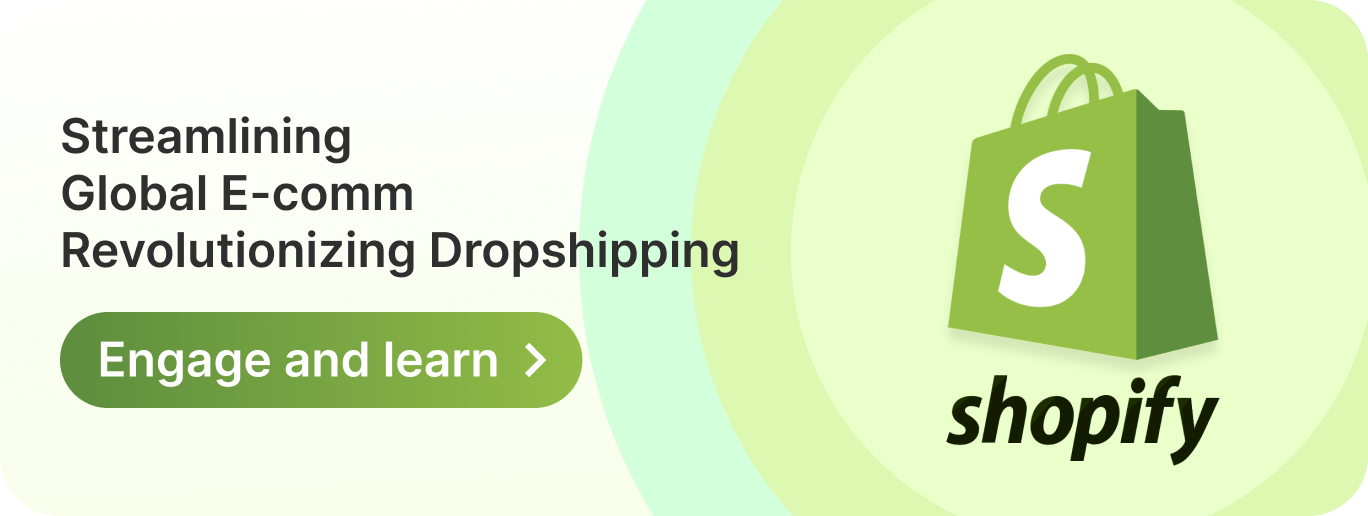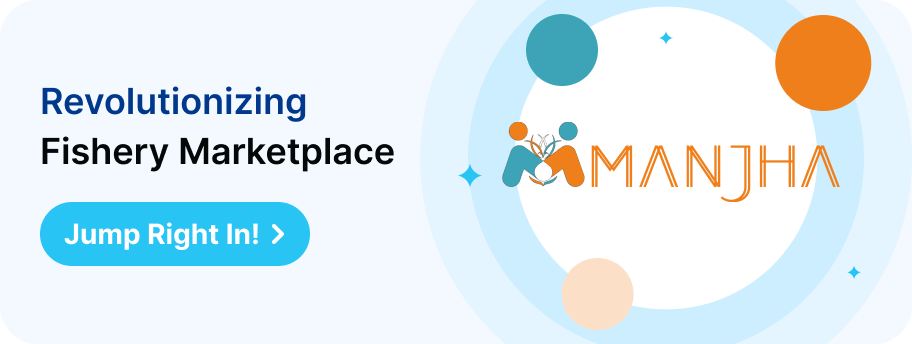Cost to create an e-commerce app like Target
6 Minutes Read
App Development
21
June 2024

Introduction
In today’s digital age, e-commerce applications play a pivotal role in shaping consumer shopping experiences. Companies like Target have successfully integrated online and offline retail to provide customers with convenience and a wide range of products. Developing an e-commerce app akin to Target requires understanding its key features, market strategies, and leveraging cutting-edge technologies.
Target
Innovating Retail
Target stands out in the retail sector with a robust online presence and over 1,900 stores across the United States. Known for its affordable pricing, diverse product offerings, and seamless shopping experience, Target has established itself as a household name in American retail.
Cost of Developing
an App like Target
Developing an e-commerce app similar to Target typically requires an investment ranging from $80,000 to $800,000. This investment aims to tap into the growing e-commerce market, which is projected to exceed $6.3 trillion in global sales by 2024, with mobile commerce driving a significant portion of transactions.
Features To Include
For E-commerce Apps Like Target
1. User Registration and Login
Implement secure and user-friendly account creation and authentication processes are essential to protect user data and provide seamless access.
2. Product Listings
Showcase products with detailed descriptions, high-quality images, and customer reviews to aid in informed purchasing decisions.
3. Search and Filters
Integrate advanced search functionalities and customizable filters to allow users to easily find products based on categories, brands, and price ranges.
4. Shopping Cart
Provide a convenient shopping cart experience with options for saving items, creating wishlists, and receiving notifications to streamline the checkout process.
5. Payment Options
Offer multiple secure payment gateways, including credit/debit cards, digital wallets, and other popular methods to cater to various customer preferences.
6. Order Tracking
Enable real-time order tracking and delivery updates to keep customers informed about their purchase status and expected delivery times.
7. Personalization
Utilise AI-driven algorithms to deliver personalised product recommendations based on user behaviour and purchase history, enhancing user engagement and satisfaction.
8. Customer Reviews
Allow customers to leave reviews and ratings for products, increasing transparency and influencing purchase decisions.
9. Customer Support
Provide robust customer support features such as live chat and FAQs to address inquiries promptly and enhance customer satisfaction.
10. Security
Implement stringent security measures, including SSL encryption and PCI-DSS compliance, to safeguard user data and build trust.
Steps to Build
an E-commerce App Like Walmart
Embarking on the journey to develop an app similar to Clubhouse involves a strategic approach:
1. Market Research
Conduct comprehensive market research to understand consumer preferences, analyse competitor strategies, and identify market opportunities.
2. Feature Planning
Define essential features based on market insights and prioritise functionalities that align with Target’s customer-centric approach.
3. UI/UX Design
Design intuitive user interfaces with responsive design and seamless navigation to ensure a pleasant shopping experience across devices.
4. Development
Utilise scalable technologies and frameworks for both frontend and backend development to handle large databases and ensure optimal performance.
5. Testing
Conduct comprehensive testing phases, including usability testing and security testing, to identify and rectify any issues before the app launch.
6. Deployment
Launch the app on major platforms such as the App Store and Google Play Store, ensuring compliance with platform guidelines and regulations.
7. Maintenance and Updates
Continuously monitor app performance, gather user feedback, and implement regular updates to improve functionality, security, and user experience.


